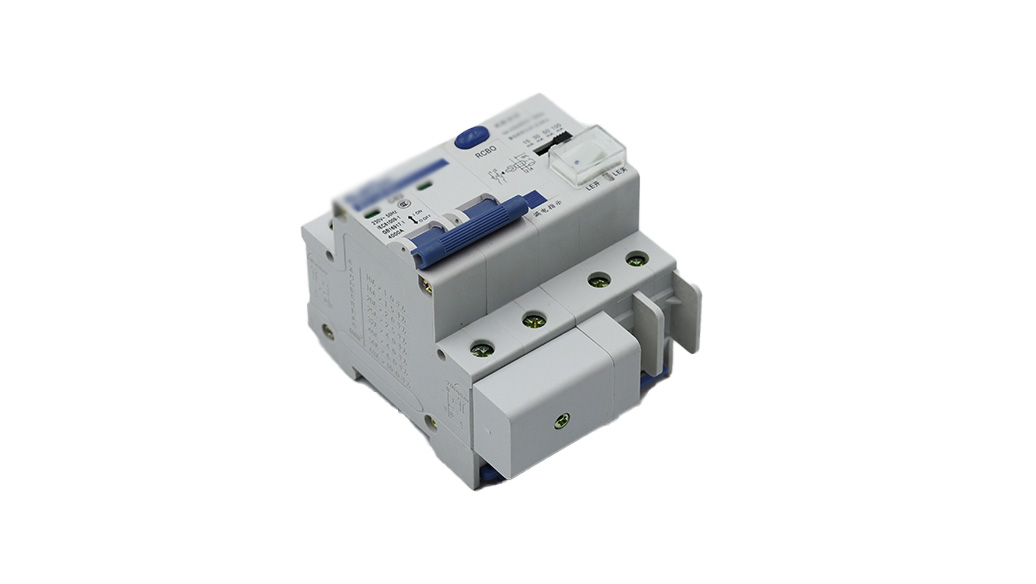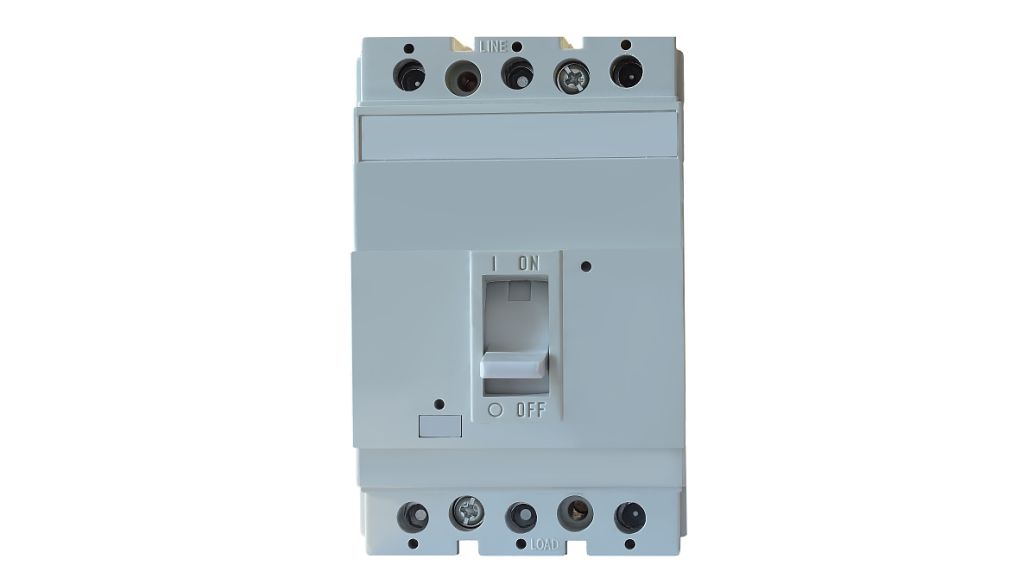What is the difference between an SCRB, MCCB, and RCCB?
In the world of electrical safety devices, different types of circuit breakers – such as SCRBs, MCCBs, and RCCBs – serve unique purposes to protect circuits and equipment. In this comprehensive guide, we'll explore these three types of circuit breakers, their unique functionalities, and how they differ from one another.
Table of Contents
What is an SCRB?

An SCRB, or Short Circuit and Overload Breaking device, is designed to protect circuits from both short circuit and overload conditions. A key characteristic of an SCRB is that it typically has an electromechanical trip unit. This unit gets activated by a current surge, typically caused by a short circuit, or by an extended overload condition.
What is an MCCB?

An MCCB, or Molded Case Circuit Breaker, is an advanced circuit protection device used for higher current ratings. MCCBs come with an adjustable trip characteristic to handle a wide range of currents. They protect circuits from overload and short circuit and are typically used in commercial and industrial applications due to their higher current ratings compared to residential circuit breakers.
What is an RCCB?
An RCCB, or Residual Current Circuit Breaker, is a safety device used to prevent electric shock. It is designed to protect against the risks of electrocution and fires caused by earth faults. Unlike MCCBs and SCRBs, an RCCB does not provide protection against short circuit or overload conditions. Instead, it monitors the electric current balance between live and neutral conductors and disconnects the circuit if an imbalance is detected.
Comparing SCRB, MCCB, and RCCB
While SCRB, MCCB, and RCCB are all circuit protection devices, they are designed for different types of protection.
SCRB vs MCCB
Both SCRBs and MCCBs provide protection against short circuits and overloads. The main difference lies in their application and operation. SCRBs are generally used for lower current applications and have an electromechanical trip unit, while MCCBs are used for higher current applications and have adjustable trip characteristics.
MCCB vs RCCB
MCCBs provide protection against short circuits and overloads, while RCCBs protect against earth faults. An MCCB is designed for higher current ratings and can be used in commercial and industrial applications. In contrast, an RCCB is primarily a safety device, designed to prevent electric shock and protect against fires caused by earth faults.
SCRB vs RCCB
SCRBs protect against short circuits and overloads, while RCCBs are designed to protect against earth faults. Unlike SCRBs, RCCBs do not provide protection against overloads or short circuits, instead, they monitor the electric current balance and disconnect the circuit in case of an imbalance.
Conclusion
Understanding the differences between SCRB, MCCB, and RCCB is crucial for effective electrical safety and protection. Whether you're protecting against overload, short circuit, or earth faults, there's a specific circuit breaker designed to meet your needs. By understanding their unique functionalities, you can ensure that you're using the correct device for your specific electrical system's safety requirements.




